Schinus L.
Brazilian pepper, Brazilian pepper tree, broadleaf pepper tree, Christmas berry, Brazilian holly, Florida holly, aroeira, false pepper
Anacardiaceae
Annona, Cephalanthus, Pachira, Salix
Schinus terebinthifolia is native to tropical South America (Argentina, Brazil and Uruguay)
Schinus terebinthifolia Raddi
Schinus terebinthifolia is introduced into the United States, Africa, Mediterranean Europe, Australia, New Zealand, southern Asia, and some South American countries where it is not native.
Schinus terebinthifolia is a significant weed in various countries.
shrub to tree
Large shrub. Bark gray, smooth, often becoming furrowed with age; branches wide-spreading young stems finely hairy, with small white lenticels; sap aromatic (‘peppery’ or ‘turpentine’), resinous, turning black when exposed to air. Leaves alternatealternate:
(adj) (of leaves) bearing one leaf per node; placed singly on the stem at different heights
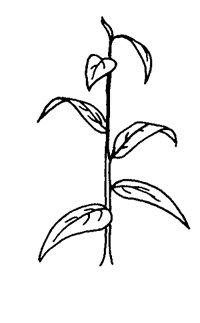 , compoundcompound:
, compoundcompound:
(adj) with two or more like parts, as in a compound leaf; divided into two or more subsidiary parts or orders, as in a compound inflorescence
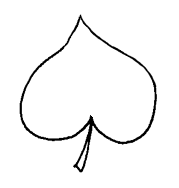 (imparipinnateimparipinnate:
(imparipinnateimparipinnate:
(n) a pinnate leaf in which all leaflets are paired and a terminal leaflet is present
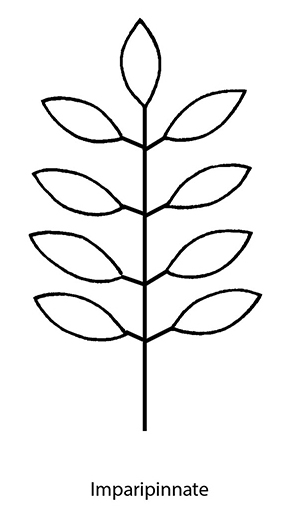 ); petiolatepetiolate:
); petiolatepetiolate:
(adj) relating to or in the form of a petiole; bearing petioles
 ; rachisrachis:
; rachisrachis:
(n) the main axis of, e.g., a compound leaf or an inflorescence
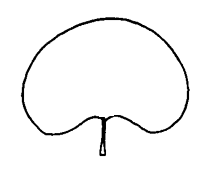 often narrowly winged; pungent aroma when crushed. Leaflets 3 to 15; sessilesessile:
often narrowly winged; pungent aroma when crushed. Leaflets 3 to 15; sessilesessile:
(adj) attached directly, without a stalk
 or nearly so; ellipticalelliptical:
or nearly so; ellipticalelliptical:
(adj) in the form of an ellipse (oval)
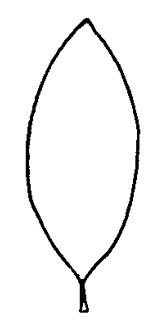 to oblongoblong:
to oblongoblong:
(adj) two to four times longer than wide, with +/- parallel sides
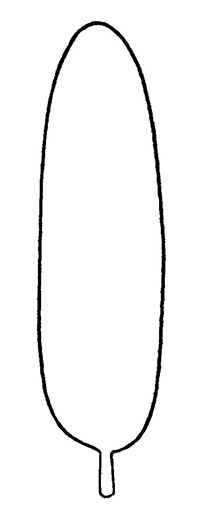 , glabrousglabrous:
, glabrousglabrous:
(adj) without hairs or scales
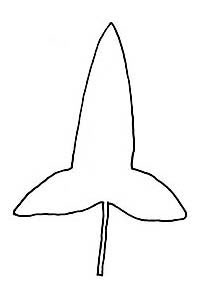 ; margins entireentire:
; margins entireentire:
(adj) having a continuous margin that is not toothed or lobed
 to finely toothed; upper surface dark shiny green, with prominent pale veins, pale green below. Inflorescenceinflorescence:
to finely toothed; upper surface dark shiny green, with prominent pale veins, pale green below. Inflorescenceinflorescence:
(n) the arrangement of flowers on the floral axis
 a branched paniclepanicle:
a branched paniclepanicle:
(n) an indeterminate, branched (often much-branched) inflorescence; the ultimate units may be of a different inflorescence type
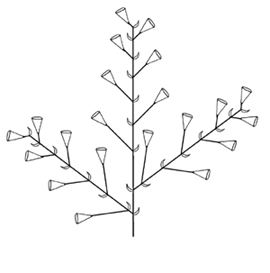 in axils on the distal portion of branches; bracts triangular to lanceolatelanceolate:
in axils on the distal portion of branches; bracts triangular to lanceolatelanceolate:
(adj) lance-shaped; widest point below the middle, tapering to the apex
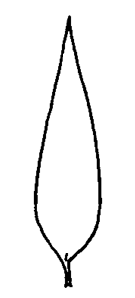 , margins ciliateciliate:
, margins ciliateciliate:
(adj) with a marginal fringe of stiff hairs
 ; pedicelspedicel:
; pedicelspedicel:
(n) the stalk of a single flower in an inflorescence, or of a grass spikelet
short. Flowers small; sepals 5, green; petals 5, ovateovate:
(adj) egg-shaped in outline; generally with the broad end at or near the base
 , white. Fruit a fleshy drupedrupe:
, white. Fruit a fleshy drupedrupe:
(n) fleshy indehiscent fruit in which the seed or seeds are surrounded by a hardened endocarp (as in a cherry)
 resembling a ‘berry’, spherical, bright glossy red; pulp brown, aromatic; one-seeded; seed ellipticelliptical:
resembling a ‘berry’, spherical, bright glossy red; pulp brown, aromatic; one-seeded; seed ellipticelliptical:
(adj) in the form of an ellipse (oval)
 , hard, light brown.
, hard, light brown.
tolerant of a wide range of habitats; mesic to seasonally flooded sites, along waterways, hammocks, wetlands, riparianriparian:
(adj) growing by rivers or streams; of, adjacent to, or living on, the banks of a river, lake, pond, etc.
 and mangrove forests
and mangrove forests
Schinus terebinthifolia is in the same family as poison ivy (Toxicodendron radicans (L.) Kuntze); its aromatic sap can cause a variety of skin reactions from a rash, lesions resembling second-degree burns, to swelling of the face and eyelids.